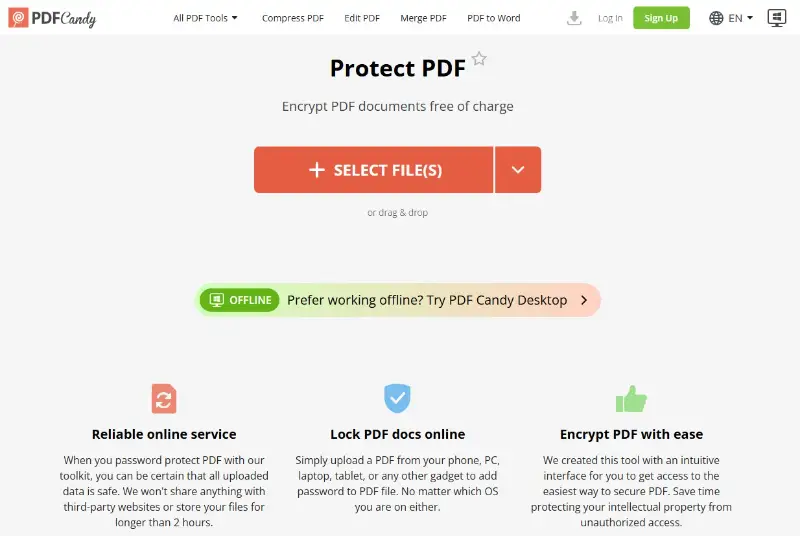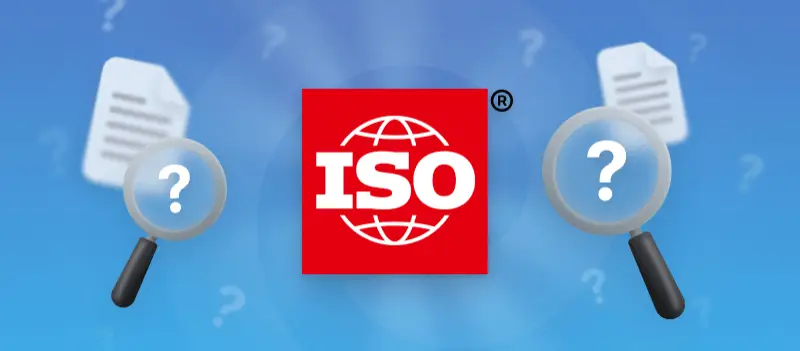If you’ve ever wondered what is ISO, you’re not alone. This acronym comes up frequently in business, manufacturing, and even everyday products, but many people aren’t quite sure why it matters or how it affects them.
Understanding what does ISO mean can help you grasp the significance of international standards and why they play a vital role in ensuring consistency, quality, and security across the globe.
What is ISO?
ISO stands for the International Organization for Standardization, an independent, non-governmental entity that develops voluntary guidelines.
These frameworks cover a broad spectrum of industries, aiming to harmonize practices worldwide to ensure reliability, safety, and efficiency.
Interestingly, the name ISO derives from the Greek word "isos", which means "equal", symbolizing its goal to level the playing field internationally.
- Established in 1947, ISO was born from the need to rebuild post-war economies and simplify cross-border commerce.
- Before its inception, differing national rules often hampered trade and collaboration, causing confusion and inefficiency.
- ISO’s foundation enabled worldwide cooperation by providing unified technical specifications that companies and governments could rely on.
ISO development timeline: table
| Year | Highlight |
|---|---|
| 1947 | Formation of ISO in Geneva, Switzerland, to develop international standards. |
| 1951 | First published standard focused on temperature reference, ISO/R 1. |
| 1987 | Introduction of the ISO 9000 series, setting the groundwork for quality assurance globally. |
| 1996 | Launch of ISO 14000 series, addressing environmental stewardship and management. |
| 2005 | Release of ISO/IEC 27001, targeting information protection and security frameworks. |
| 2015 | Update of ISO 9001 emphasizing proactive risk management and leadership commitment. |
Each advancement signifies how industries have enhanced their approach to quality control, environmental care, and cybersecurity. The widespread adoption underscores ISO’s vital role in fostering trust and operational excellence worldwide.
How does ISO work?
Designing an ISO standard is not an overnight task. It involves several carefully coordinated stages:
- Idea Submission – A need for a new specification is identified by experts, industry groups, or national bodies.
- Draft Creation – Specialists assemble to craft an initial text that addresses the identified gap.
- Technical Review – Committees analyze and refine the document, incorporating feedback from various sectors.
- Global Consultation – Member nations scrutinize the draft, propose adjustments, and cast their votes.
- Formal Approval – After revisions, the ISO standards gain acceptance and are endorsed.
- Release – The completed version is published for organizations worldwide to implement.
- Ongoing Updates – To remain relevant, existing standards undergo periodic assessments and upgrades.
ISO certification's effectiveness stems from its extensive network of institutions, representing more than 160 countries. Participation is divided into three levels:
- Member bodies – Full contributors with decision-making authority and voting rights.
- Correspondent members – Observers that follow developments but do not vote, often from nations still strengthening their standardization capabilities.
- Subscriber members – Smaller economies that access ISO meaning materials at reduced costs.
A wide range of stakeholders—including government agencies, private enterprises, research organizations, and consumer advocates—engage in these activities, ensuring all ISO standards emerge from a well-balanced perspective.
Common ISO standards
The International Organization for Standardization has published over 24,000 standards covering countless sectors. Below is an overview of the most frequently implemented ones:
| Standard | Domain | Objective |
|---|---|---|
| ISO 9001 | Quality Management | Establishes principles that help organizations consistently supply reliable goods and services. |
| ISO 14001 | Environmental Management | Encourages companies to minimize ecological impact and improve sustainable paperless practices. |
| ISO/IEC 27001 | Information Security | Defines measures for protecting confidential information and mitigating cyber risks. |
| ISO 45001 | Occupational Health & Safety | Outlines methods to prevent workplace hazards and enhance employee protection. |
| ISO 50001 | Energy Management | Promotes efficient energy use and supports initiatives aimed at lowering consumption. |
| ISO 22000 | Food Safety | Provides a framework to control risks throughout the food supply chain, ensuring safe products. |
| ISO 13485 | Medical Devices | Sets quality requirements for the design and manufacturing of medical instruments. |
| ISO 26000 | Social Responsibility | Offers guidance on ethical conduct and corporate contribution to sustainable development. |
Implementing ISO standards often involves managing sensitive documents—policies, audit reports, and records—that must remain confidential. To keep such papers secure, tools like PDF Candy can be invaluable.
It allows you to quickly encrypt a PDF with a password, so only authorized individuals can access it while maintaining compliance with data protection requirements.

The ISO accreditation process
Securing an ISO certification is a demanding endeavor that signals an organization’s commitment to meeting globally accepted criteria.
Unlike the standards themselves, which the International Standards Organization develops, the verification is performed by independent agencies authorized to conduct assessments. The procedure usually unfolds through several steps:
- Initial Review – Businesses analyze their current practices to pinpoint gaps compared to the chosen ISO requirements.
- System Alignment – Necessary adjustments and edits are introduced, procedures refined, and staff trained to conform to the standard.
- Self-Inspection – An internal evaluation is carried out to confirm readiness before the external audit.
- Official Examination – An accredited auditor inspects the operations, verifying adherence to the specific ISO framework.
- Award of Certificate – When all criteria are fulfilled, the company receives formal recognition, typically valid for three years.
- Ongoing Monitoring – Regular follow-up visits ensure continuous observance throughout the ISO certification period.
Benefits of ISO certification
- Strengthens reputation with clients, suppliers, and stakeholders.
- Facilitates access to international markets by proving compliance with trusted benchmarks.
- Encourages streamlined operations through optimized processes and reduced inefficiencies.
- Inspires confidence by showcasing dedication to quality and responsibility.
Conclusion
In summary, ISO plays a crucial role in harmonizing standards globally, ensuring that products and services meet consistent levels of safety and quality.
Understanding what are ISO standards helps businesses and consumers alike appreciate the value of standardized processes that foster trust, efficiency, and innovation.
Whether you are aiming to achieve certification or simply want to know more about it, ISO remains a key player in shaping the way industries operate worldwide.




